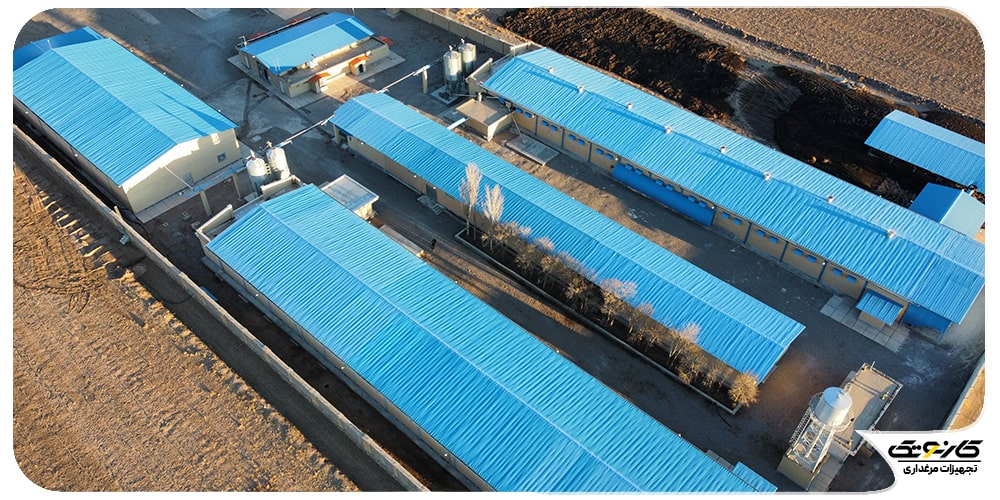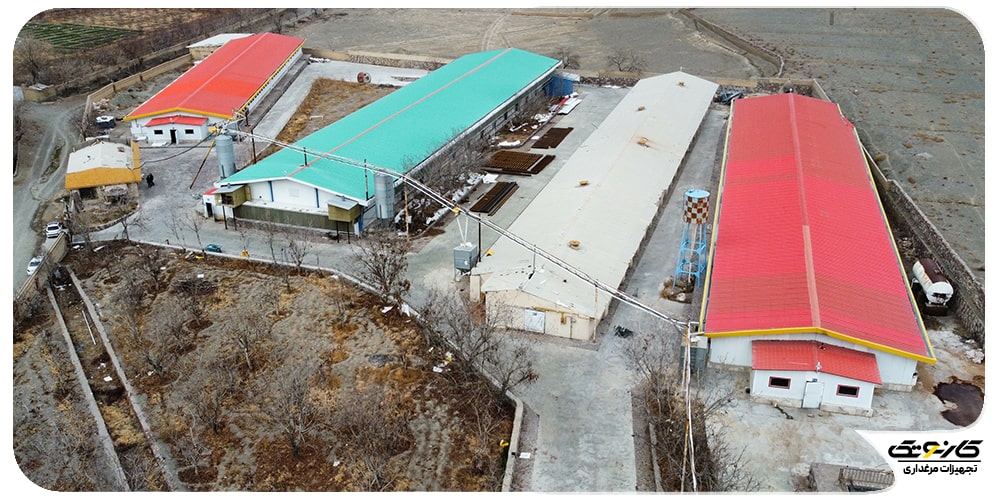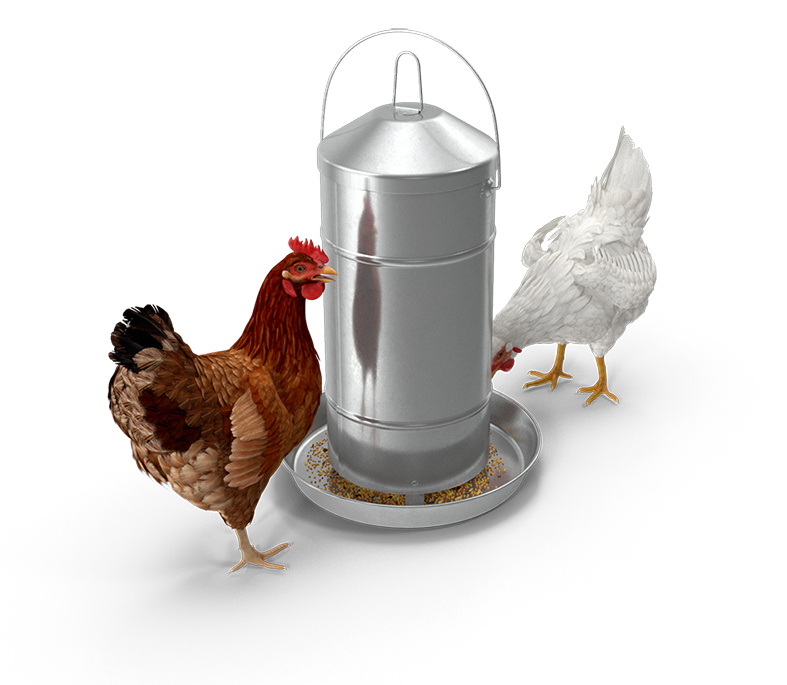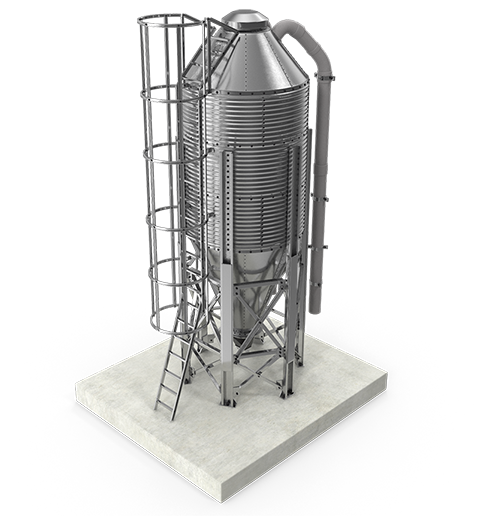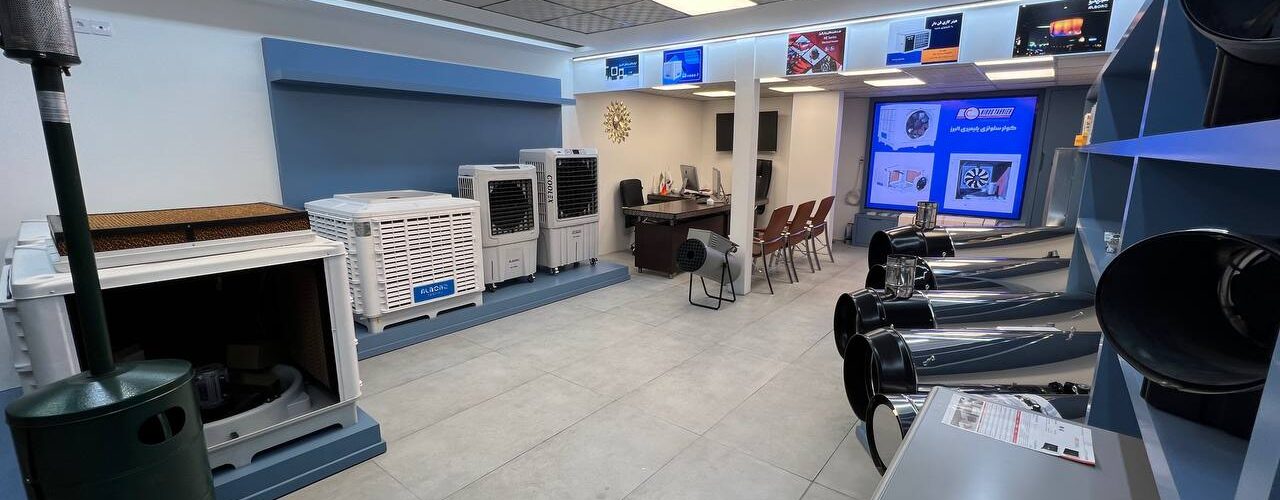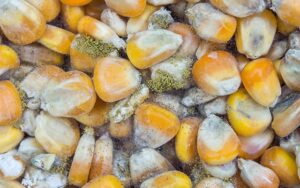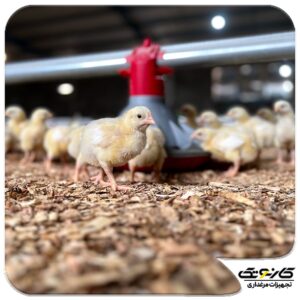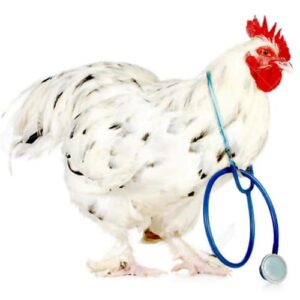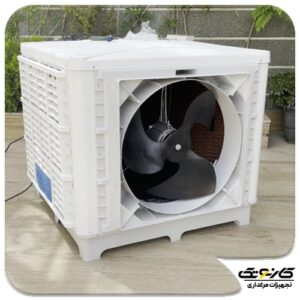طراحی، نوسازی، ساخت و تجهیز سالن های مرغداری
پروژه های برتر انجام شده
با به روزترین تجهیزات مرغداری دنیا

گارانتی تعویض یک ساله

خدمات پس از فروش ۱۰ ساله

مشاوره حضوری و تلفنی
تهیه نقشه ساخت مرغداری
تجهیزات مرغداری کارنوتک
شرکت تولیدی کارنوتک فعالیت خود را از سال ۱۳۸۷ در زمینه تولید تجهیزات مرغداری آغاز کرد و امروز به عنوان یکی از قویترین مراکز راه اندازی و احداث سالن های صنعتی پرورش طیور در کشور میباشد. رسالت اصلی ما در شرکت کارنوتک، راه اندازی سالن های پرورش طیور با بالاترین استاندارد های روز دنیا میباشد که این امر میتواند باعث افزایش بهره وری سالن های پرورشی و به دنبال آن حفظ منابع کشور شود.
از این رو بصورت تخصصی به طراحی، نوسازی و ساخت سالن های پرورش طیور میپردازیم.
ما معتقدیم ارائه محصولات و تجهیزات مرغداری با کیفیت، به تنهایی نمیتواند ضامن موفقیت در این عرصه باشد و توجه به مسائل اصولی و علمی منطبق بر دستاورد های نوین صنعت دام و طیور دنیا، لازم است. از این رو به ارائه خدمات آموزش محور متنوعی نموده ایم که در ادامه به برخی از آنها اشاره میکنیم:
- ارائه مقالات و مطالب کاربردی در زمینه اصول صحیح پرورش طیور
- ایجاد بستر مناسب ارتباط دانشگاهیان، کشاورزان و صنعتگران
- برگزاری سمینارهای علمی با مرغداران و فعالان صنعت طیور
- بازدید از فارم های در حال ساخت و در حال بهره برداری
- بررسی سود و زیان پروژه های کلان بصورت طرح توجیهی
- حضور در نمایشگاه ها و رویدادهای معتبر دنیا
- ارائه مشاوره تخصصی بصورت جلسات آنلاین
- ارائه ویدئو ها و مستند های آموزشی




